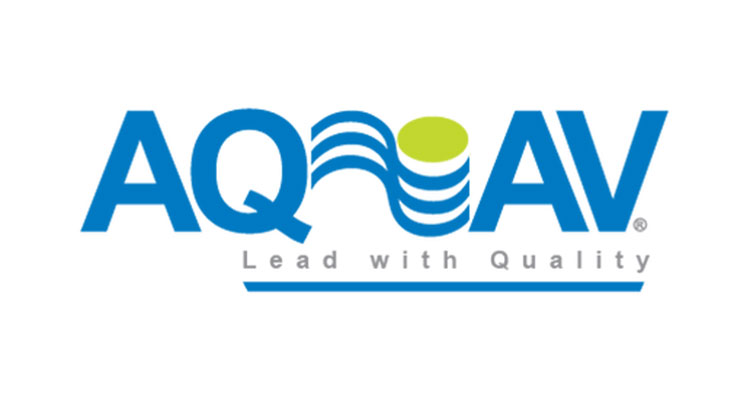The Cost of Quality: Hidden and Apparent
By Mario J. Maltese, CTS-D, CTS-I, CQT
This is the second in a multi-part series from the Association for Quality in Audio Visual Technology (AQAV) and its push for everyone in AV to adopt the AV9000 standard for quality management. Read the first article here.
Perhaps there is no term as misunderstood as the word “quality.” Many think it has something to do with “luxury,” but nothing can be farther from the truth. Quality simply means consistency and compliance with what the customer expects when he or she places an order. When a company maintains quality, they keep the entire company focused on giving the customer what he wants — nothing more, and certainly nothing less.
A company’s Quality Management System (“QMS”) is a system of processes in place to assure quality is maintained. There are monitoring and measuring processes in place to keep the company’s resources on a direct path. An interesting thing occurs when this takes place — waste is reduced, or in some cases completely eliminated. The company is focused on doing things “right.” “Waste” in this business is not measured in pounds. It’s measured in hours.
An AV company’s profits are all about the hours. Technical staff costs money, and payroll comes every week at the same time. If a company can successfully complete two more projects in a given time period without paying for additional staff, profits increase significantly.
A company with a tight QMS monitors where the hours go, and continually improves its processes to keep things on track. Do any of these hidden costs ring a bell?
- Expediting a substitute product or products because the wrong item(s) was ordered.
- Rushing in additional product because it is required when using another part.
- Technicians spending three to four times the hours needed to integrate, because they are unfamiliar with a new product and are learning by trial-and-error.
- Technicians taking three to four times the original estimate to integrate because they attempt to make final adjustments by eye (or ear) instead of using the required instrumentation.
- Going to meetings to hear a customer’s complaints.
- Going back to a jobsite to take care of service issues right after a system was supposedly completed.
- Going back to a jobsite to retrieve missing tools, installation equipment, unused cable, etc.
- Going back to a jobsite to confirm as-built drawings.
- Leaving a jobsite prematurely because the technicians lacked information, parts, tools, or drawings.
- Reworking an installation because an integration detail was never approved by the customer, and found to be unsatisfactory.
- Loss of revenue because a dissatisfied customer decided to go elsewhere on his next project. (Note — 80 percent of dissatisfied customers never complain — they simply “vote with their feet.”)
The list is endless. How do you put a number on these costs?
There are three steps:
- Track the hours lost
- Multiply by the true labor costs to the company. This is determined by taking an individual’s annual gross salary and adding the benefits (could be 30-40 percent higher than the salary).
- Divide by 2,000 (the average hours actually worked in a year, accounting for paid holidays, vacations and weekends).
One finds that when companies first start to track these issues, after first becoming aware of the problem, managers find they are wasting TWENTY PERCENT OF THEIR GROSS REVENUE on these hidden, yet very significant, costs.
“Quality in a product or service is not what the supplier puts in. It is what the customer gets out and is willing to pay for. A product is not quality because it is hard to make and costs a lot of money, as manufacturers typically believe. This is incompetence. Customers pay only for what is of use to them and gives them value. Nothing else constitutes quality.” – Peter F. Drucker
“The cost of quality isn’t the price of creating a quality product or service, it’s the cost of NOT creating a quality product or service.” – ASQ website
“Quality is not an act. It is a habit.” – Aristotle
“My favorite things in life don’t cost any money. It’s really clear that the most precious resource we all have is time.” – Steve Jobs






